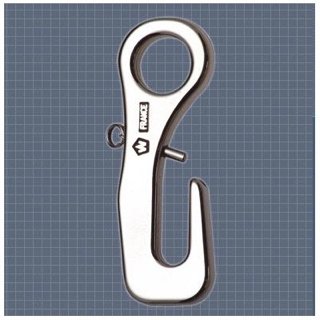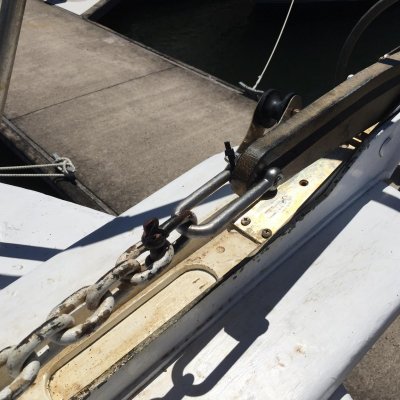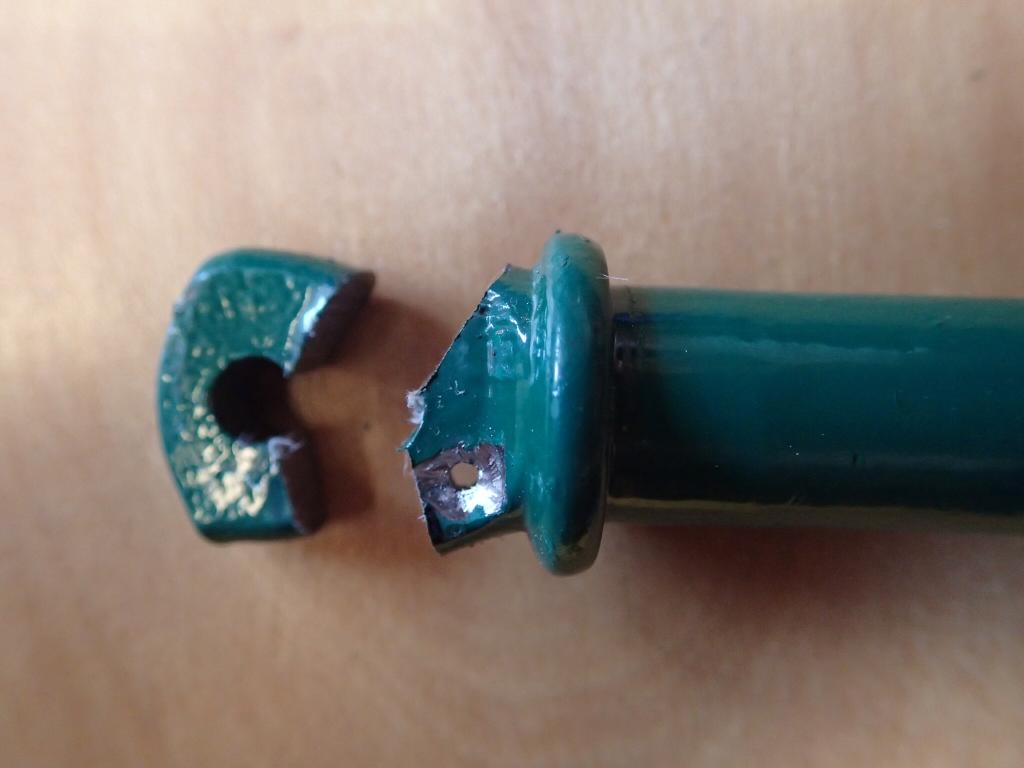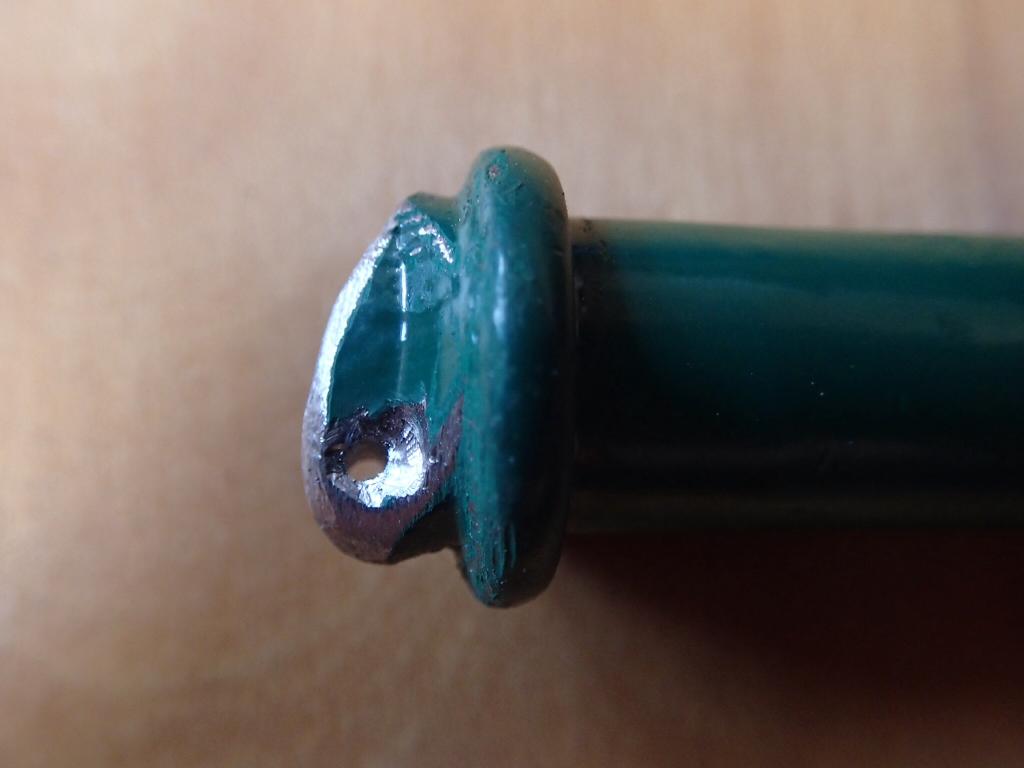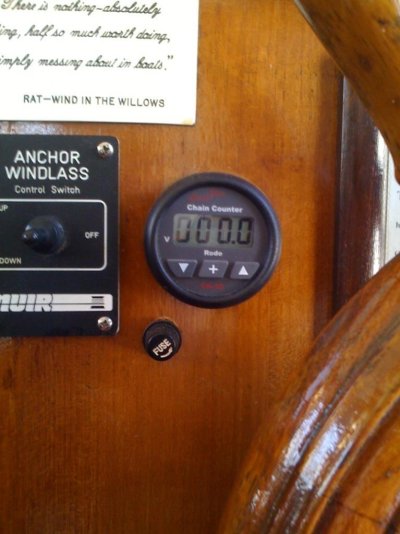I'll bet that's why they put that groove in the roller ... when they do. I would think a grooved bronze roller would be ideal.
But via your testimony I'm glad it's not a big deal to nudge the anchor into a user friendly attitude. And a swivel probably would make that adjustment even easier. I remember Delfin had a big Bruce and felt he needed a swivel to be able to more or less able to easily orient the anchor before pulling it aboard.
__________________
Eric
North Western Washington State USA
Rex Wrote:
Unroll rope or chain it will twist one way roll it up and it will twist in the opposite direction, garden hose, electrical cable, fishing line.
Why is this so? I asked this question at school, I was told the following by our physics teacher.
This is a natural phenomenon, Why? I cannot remember and don’t care because I cannot change it, but by knowing about it helped me to work with it when testing anchors.
This twisting phenomenon it is commonly known as chain warp, it certainly can have an effect on an anchors performance when setting (MINIMAL) - but rarely when set.
The longer the length of chain deployed the more twists you will get, when the chain is pulled bar tight these twist then try to rotate the chain straight, in normal—say up to 15 knots rarely straightening of the chian influences your anchors performance, by the time the anchors hold is sufficient to pull the chain bar tight—well buried can overcome these warp forces, rope is no different, this was extremely noticeable when we were testing anchors with the TATS RIG Tidal Anchor Test Skid.
The chain twist is more of an influence when continually pulling an anchor at set speed with a set load-- speed, when testing anchors non twist cable should be used - a 10 percent list of square when applying a continuous pull in a anchors design due to chain or cable warp will, can affect the holding power of that anchor, many that do not understand this chain warp effect will criticize an anchors performance from observation after power setting,THEY CALL IT LISTING- poorly set due to the design? Sometimes even with a swivel, because of force the swivels can become one body – rigid under load.
As a matter of fact we would not have been able to observe anchor Rhode twist and its effect had we not designed the TATS RIG.
We found with the TATS SKID WE COULD USE 3 MTR lengths of chain at 7 to one in straight mode, one meter of water on the beaches, (REAL WORLD CONDITIONS) that is no twist in the chain, NO SWIVEL, all anchor DESIGNS tested set and buried straight, ( no list )
We also found with the TATS we had no variations in wave height to contend with, identifying the bottom types with a tug almost impossible, with the TATS Rig identification of the bottom types was easy but still not perfect, we found moving 3 feet one way or the other all substrate types we tested in could still vary, at least we could observe what was happening , a slight slip in throttle speed increase can result in an increase in holding power with the anchor on test at the time, one of the worst attribute from testing from a tug is dragging across or in a previous drag impression from another design.
I think as long as one tests with a tug, anchor tests will always vary in performance and holding power that can defy past - other anchor test results.
Forget the stepped out roller for keeping the chain twist free, it won’t happen, as the chain is retrieved it will want to rotate, and as sure as your tucker goes in it has to come out, most times on retrieval the chain twist will rotate the anchor once broken free, if it doesn't the chain will eventually jump the step in the roller to relieve the natural phenomenon, twist, what the stepped roller will assure you of is if your anchor does come up upside down then that will remain its destination.
So yes a swivel can help to some extent to reduce Rhode twist (chain warp) as far as your anchor coming up the right way, remember a swivel will not always do the job, understand, the Ultra swivel will not have the same effect, and doesn't fit on every anchor design - it was specially designed for Ultra to ensure correct orientation against the chain twist, the ball does only give you approx. 35 degrees of line pull before it takes the strain of an effective extended shank.
No swivel will replace the robust ness of the anchors shank itself, the question is will it ever have to.
Yes we do have a device of which is called a boomerang, this will effectively retrieve your anchor the same way as it went down, no swivel – super strength, only downside like the Ultra won’t fit all applications but is simple and works a treat.
Well there is plenty in this post to wet your appetite for another long variation of speculation and intrigue.
Regards Rex.

